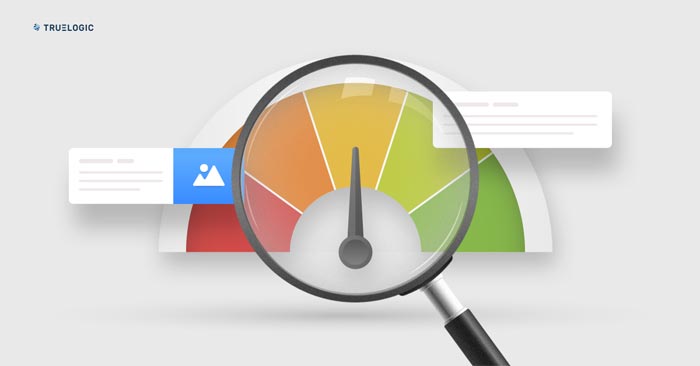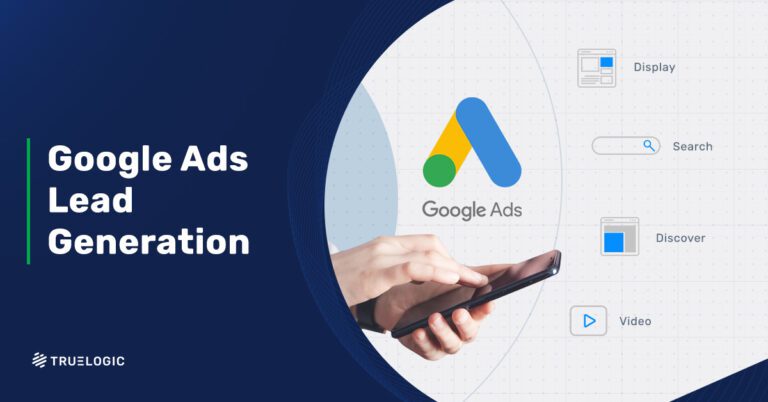Display, Search, and Remarketing: The Holy Trinity of Advertising

Advertising has been a crucial component of any business’s marketing strategy for centuries. In fact, on average, we see 362 advertising messages per day, but only 12 will make a significant impression.
With the advent of digital technology, the landscape of advertising has evolved significantly. Today, businesses can leverage various digital channels to reach their target audience. Three of the most popular and effective channels are display advertising, search advertising, and remarketing. Together, they form the “holy trinity” of advertising.
In this article, we will explore what display, search, and remarketing advertising are, their benefits, and how businesses can leverage them to achieve their marketing goals.
Display Advertising
After record-breaking growth in 2021, display ad spending will account for more than 66% of the total global advertising spend by 2023. This statistic shows the immense potential of display ads as a marketing tool.
Display advertising involves creating visual ads that are displayed on websites, social media platforms, or mobile apps. These ads can be in the form of banners, videos, or images, and they are usually placed in strategic locations to attract the attention of potential customers.
One of the most significant benefits of display advertising is its ability to target specific audiences. By using audience targeting tools, businesses can display their ads to people who are most likely to be interested in their products or services. This targeting can be based on various factors such as demographics, interests, and behaviors.
Another benefit of display advertising is its ability to increase brand awareness. With the right messaging and visuals, businesses can create ads that are memorable and help build their brand identity. Display advertising can also be used to drive website traffic or promote specific products or services.
However, there are some potential drawbacks to display advertising. One of the main concerns is ad fatigue, where audiences may become desensitized to seeing the same types of ads repeatedly. This is why it’s important to create ads that are visually appealing and have a clear message to avoid disengagement.

Search Advertising
At least 75% of people say paid search ads make it easier to find the information that they’re looking for. Search advertising involves creating ads that appear at the top or bottom of search engine results pages (SERPs). These ads are usually triggered by specific keywords that are related to the products or services being advertised.
Ad spending in the search advertising segment is projected to reach $297 billion in 2023 with 60% of total ad spending will be generated through mobile in 2027. One of the significant benefits of search advertising is its ability to capture people who are actively searching for specific products or services. When someone types a query into a search engine, they are indicating that they have a problem or need that they want to solve. By creating ads that address those needs, businesses can attract highly qualified leads and convert them into customers.
Another benefit of search advertising is its ability to provide measurable results. Businesses can track the performance of their ads using metrics such as click-through rates (CTRs), conversion rates, and return on ad spend (ROAS). This data can be used can also be used by the conversion rate agency you work with to optimize campaigns and improve their effectiveness over time.
However, search advertising can also have some potential drawbacks. One of the main concerns is click fraud, where malicious entities or bots generate fake clicks to drain ad budgets. This is why it’s essential to work with a trusted advertising platform and implement proper ad fraud prevention measures.
Remarketing
Remarketing, also known as retargeting, involves creating ads that target people who have already interacted with a business’s website or social media profiles. This could include people who have visited a particular product page, added items to their cart, or even just visited the website but didn’t take any action.
According to Google, remarketing ads have a 91% higher click-through rate (CTR) than regular display ads. One of the significant benefits of remarketing is its ability to re-engage people who have already shown interest in a business’s products or services. By creating ads that remind them of what they were looking at or offering them a discount, businesses can entice them to come back and make a purchase.
Another benefit of remarketing is its ability to increase the effectiveness of other advertising channels. For example, by using remarketing ads to target people who have already visited a website, businesses can increase the likelihood that those people will click on a display or search ad in the future.
Key Takeaway
Display, search, and remarketing advertising are three of the most effective digital advertising channels available to businesses today. Display advertising can increase brand awareness, drive website traffic, and target specific audiences. Search advertising can capture highly qualified leads and provide measurable results. Remarketing can re-engage people who have already shown interest in a business’s products or services and increase the effectiveness of other advertising channels.
By leveraging these channels together, businesses can create a comprehensive advertising strategy that maximizes their reach, engagement, and conversion rates. In a world where digital advertising has become a necessity, mastering the holy trinity of advertising can give businesses a competitive edge and help them thrive in the ever-changing digital landscape.










